What is DPF, EGR, DTC OFF? 1
| Key Takeaways |
|---|
| – DPF OFF, EGR OFF, and DTC OFF are services that modify the engine control unit (ECU) software to disable or bypass certain functions or codes related to diesel emissions. |
| – These services are usually performed by professional tuners using specialized tools and software. |
| – The main reasons for doing these services are to improve engine performance, fuel economy, and reliability, or to avoid costly repairs or replacements of faulty components. |
| – However, these services are also illegal in many countries and regions, as they violate the environmental regulations and standards for diesel vehicles. |
| – Doing these services can also have negative impacts on the engine health, the exhaust system, and the environment, as they increase the emissions of harmful pollutants and particulate matter. |
| – Therefore, it is important to weigh the pros and cons of these services before deciding to do them, and to consult with a qualified mechanic or tuner. |
What is DPF?
DPF stands for Diesel Particulate Filter. It is a device that is installed in the exhaust system of modern diesel vehicles to reduce the emissions of particulate matter (PM), which are tiny soot particles that can cause respiratory problems and contribute to the risk of cardiovascular diseases.
A DPF works by trapping the PM in a honeycomb-like structure made of ceramic or metal fibers. The PM accumulates in the filter over time, and needs to be removed periodically to prevent clogging and backpressure. This process is called regeneration, and it involves burning off the PM at high temperatures until only ash remains.
There are two types of regeneration: passive and active. Passive regeneration occurs naturally when the exhaust temperature reaches a certain point, usually during long or high-speed journeys. Active regeneration is triggered by the ECU when the passive regeneration is not sufficient or possible, and it involves injecting extra fuel into the engine or the filter to raise the temperature.
What is DPF OFF?
DPF OFF is a service that modifies the ECU software to disable or bypass the DPF function. This means that the regeneration process is stopped, and the PM is no longer filtered by the device. Instead, it is released into the atmosphere through the exhaust pipe.
The main reason for doing DPF OFF is to avoid the problems and costs associated with a faulty or clogged DPF, which can cause reduced engine power, increased fuel consumption, limp mode, warning lights, and expensive repairs or replacements.
Another reason for doing DPF OFF is to improve engine performance and fuel economy, as removing the DPF can reduce backpressure and increase airflow in the exhaust system.
However, doing DPF OFF also has some drawbacks and risks. First of all, it is illegal in many countries and regions, as it violates the environmental regulations and standards for diesel vehicles. Driving a vehicle with DPF OFF can result in fines, penalties, failed emissions tests, or even confiscation of the vehicle.
Secondly, doing DPF OFF can have negative impacts on the engine health and the exhaust system. Without a functioning DPF, the PM can accumulate in other parts of the exhaust system, such as the turbocharger, the catalytic converter, or the EGR valve, causing damage or malfunction. Moreover, disabling the regeneration process can alter the fuel injection timing and quantity, affecting the combustion efficiency and increasing the emissions of other pollutants, such as nitrogen oxides (NOx) and carbon monoxide (CO).
Thirdly, doing DPF OFF can have negative impacts on the environment and human health. By releasing more PM into the atmosphere, a vehicle with DPF OFF contributes to air pollution and climate change, as well as increasing the exposure of people and animals to harmful substances that can cause respiratory diseases, cancer, or premature death.
Therefore, doing DPF OFF should be done with caution and awareness of its consequences. It should only be done by professional tuners using specialized tools and software. It should also be done in conjunction with other modifications or services that can compensate for its drawbacks, such as EGR OFF or remapping. Finally, it should only be done for off-road or racing purposes, not for regular driving on public roads.
What is EGR?
EGR stands for Exhaust Gas Recirculation. It is a system that reduces NOx emissions from diesel engines by recirculating a portion of the exhaust gas back into the engine intake. This lowers the combustion temperature and pressure, which reduces the formation of NOx, a harmful pollutant that can cause smog and acid rain.
An EGR system consists of an EGR valve, an EGR cooler, and various sensors and actuators. The EGR valve controls the amount and timing of the exhaust gas recirculation, depending on the engine load and speed. The EGR cooler cools down the exhaust gas before it enters the intake, to prevent overheating and knocking. The sensors and actuators monitor and regulate the EGR system performance and feedback to the ECU.
What is EGR OFF?
EGR OFF is a service that modifies the ECU software to disable or bypass the EGR system. This means that the exhaust gas is no longer recirculated back into the engine intake, and only fresh air is used for combustion.
The main reason for doing EGR OFF is to improve engine performance and fuel economy, as removing the EGR system can increase the oxygen content and reduce the inert gas content in the intake air, resulting in more efficient and powerful combustion.
Another reason for doing EGR OFF is to avoid the problems and costs associated with a faulty or clogged EGR system, which can cause reduced engine power, increased fuel consumption, black smoke, rough idle, engine knock, warning lights, and expensive repairs or replacements.
However, doing EGR OFF also has some drawbacks and risks. First of all, it is illegal in many countries and regions, as it violates the environmental regulations and standards for diesel vehicles. Driving a vehicle with EGR OFF can result in fines, penalties, failed emissions tests, or even confiscation of the vehicle.
Secondly, doing EGR OFF can have negative impacts on the engine health and the exhaust system. Without a functioning EGR system, the combustion temperature and pressure can increase significantly, causing more wear and tear on the engine components, such as the pistons, rings, valves, or injectors. Moreover, disabling the EGR system can increase the emissions of NOx, which can react with other substances in the exhaust system to form harmful compounds, such as nitric acid or ammonia.
Thirdly, doing EGR OFF can have negative impacts on the environment and human health. By releasing more NOx into the atmosphere, a vehicle with EGR OFF contributes to air pollution and climate change, as well as increasing the exposure of people and animals to harmful substances that can cause respiratory diseases, asthma, or cancer.
Therefore, doing EGR OFF should be done with caution and awareness of its consequences. It should only be done by professional tuners using specialized tools and software. It should also be done in conjunction with other modifications or services that can compensate for its drawbacks, such as DPF OFF or remapping. Finally, it should only be done for off-road or racing purposes, not for regular driving on public roads.
What is DTC?
DTC stands for Diagnostic Trouble Code. It is a code that is stored in the ECU memory when a fault or malfunction is detected in any of the vehicle systems or components. The code consists of a letter followed by four digits, which indicate the type and location of the fault.
For example:
- P0100: Mass Air Flow (MAF) Circuit Malfunction
- P0420: Catalyst System Efficiency Below Threshold
- B1001: Airbag Control Module Configuration Error
- U0100: Lost Communication With Engine Control Module
A DTC can be read by using a diagnostic tool or scanner that is connected to the vehicle’s On-Board Diagnostic (OBD) port. The tool or scanner can also clear or erase the DTC from the ECU memory after fixing or replacing the faulty part.
What is DTC OFF?
DTC OFF is a service that modifies the ECU software to disable or bypass certain DTCs. This means that the fault or malfunction is no longer detected or reported by the ECU, and no warning light or message is displayed on the dashboard.
The main reason for doing DTC OFF is to avoid annoying or misleading warning lights or messages that are caused by minor or intermittent faults that do not affect the vehicle performance or safety.
Another reason for doing DTC off is to avoid costly repairs or replacements of faulty parts that are not essential for the vehicle operation or function.
However, doing DTC OFF also has some drawbacks and risks. First of all, it may hide serious or critical faults that require immediate attention or intervention. Driving a vehicle with DTC OFF may compromise the vehicle safety and reliability.
Secondly, doing DTC OFF may interfere with other systems or functions that rely on the fault codes for diagnosis or control. For example, disabling a DTC related to an oxygen sensor may affect the fuel injection system performance.
Thirdly, doing DTC OFF may invalidate the vehicle warranty or insurance coverage. If a problem occurs due to a fault that was disabled by DTC OFF, it may not be covered by the manufacturer or the insurer.
Therefore, doing DTC OFF should be done with caution and awareness of its consequences. It should only be done by professional tuners using specialized tools and software. It should also be done in conjunction with other modifications or services that can compensate for its drawbacks, such as remapping. Finally, it should only be done for off-road or racing purposes, not for regular driving on public roads.
How to do DPF OFF, EGR OFF, and DTC OFF?
To do DPF OFF, EGR OFF, or DTC OFF, you need to modify the ECU software using specialized tools and software. There are different methods and steps for doing these services, depending on the type and model of the ECU and the vehicle.
However, the general procedure is as follows:
- Connect a diagnostic tool or scaner to the vehicle’s OBD port and read the original ECU file.
- Save the original ECU file as a backup in case of any problems or errors.
- Use a tuning software to edit the original ECU file and disable or bypass the functions or codes related to DPF, EGR, or DTC.
- Save the modified ECU file and write it back to the ECU using the diagnostic tool or scanner.
- Clear any fault codes or warning lights that may appear after writing the modified ECU file.
- Test the vehicle performance and emissions to ensure that everything is working properly.
Some examples of tools and software that can be used for doing DPF OFF, EGR OFF, or DTC OFF are:
- PCMTuner: A software that can process ECU files for various functions, such as power adjustment, immo off, dpf/egr remove, dtc shielding, etc. It requires a USB smart dongle and a device to read and write the ECU files.
- MHH Auto: A forum that provides free service for DPF OFF, EGR OFF, and DTC OFF for members. It requires sending the original ECU file and the car model and ECU model to the forum. Creators of DaVinci DPF EGR DTC remover.
- Champion Lubes: A website that provides tips and advice on how to diagnose and solve DPF regeneration problems. It also offers a range of products that can help clean and maintain the DPF system.
- The AA: A website that provides information and guidance on diesel particulate filters, including how they work, how to prevent problems, and how to deal with them.
- Halfords: A website that provides DPF cleaning service at its autocentres. It also offers a range of products that can help clean and restore the DPF system.
What are the pros and cons of doing DPF OFF, EGR OFF, and DTC OFF?
Doing DPF OFF, EGR OFF, or DTC OFF can have some benefits and drawbacks for the vehicle owner. Here are some of them:
| Pros | Cons |
|---|---|
| – Avoid problems and costs associated with faulty or clogged DPF or EGR systems | – Violate environmental regulations and standards for diesel vehicles |
| – Improve engine performance and fuel economy | – Increase emissions of harmful pollutants and particulate matter |
| – Avoid annoying or misleading warning lights or messages | – Damage or malfunction other parts of the engine or exhaust system |
| – Customize the vehicle according to personal preferences | – Risk fines, penalties, failed emissions tests, or confiscation of the vehicle |
Summary
DPF OFF, EGR OFF, MAF OFF and DTC OFF are services that modify the ECU software to disable or bypass certain functions or codes related to diesel emissions. These services are usually performed by professional tuners using specialized tools and software. The main reasons for doing these services are to improve engine performance, fuel economy, and reliability, or to avoid costly repairs or replacements of faulty components. However, these services are also illegal in many countries and regions, as they violate the environmental regulations and standards for diesel vehicles. Doing these services can also have negative impacts on the engine health, the exhaust system, and the environment, as they increase the emissions of harmful polutants and particulate matter. Therefore, it is important to weigh the pros and cons of these services before deciding to do them, and to consult with a qualified mechanic or tuner.

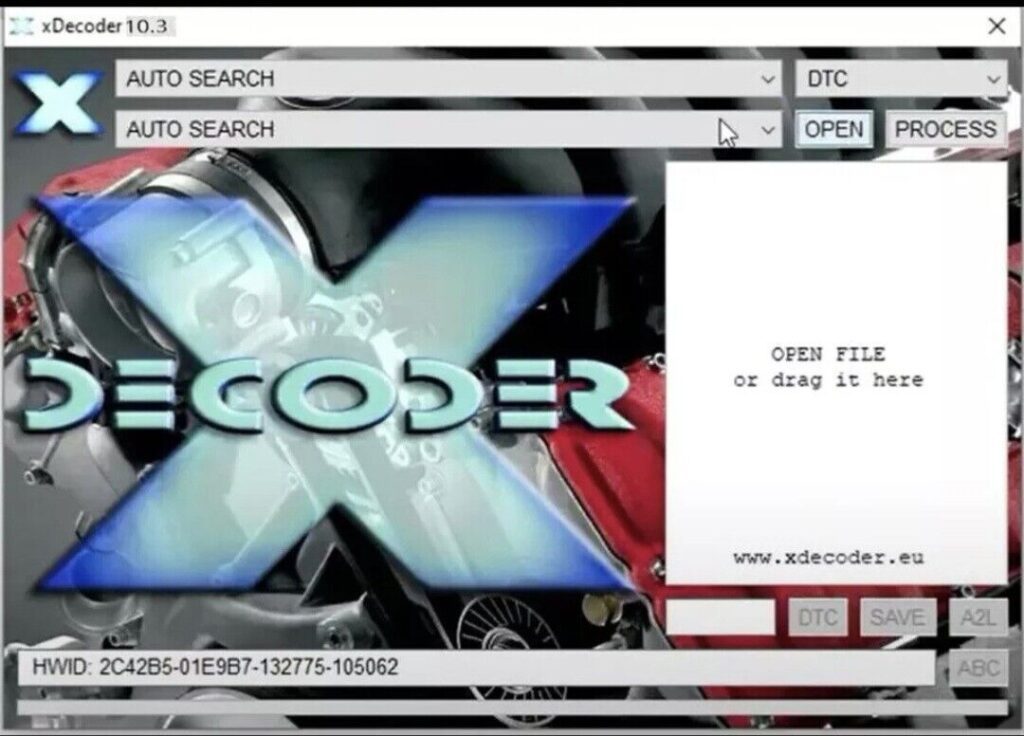
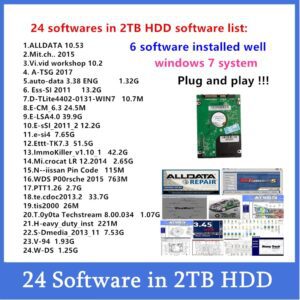


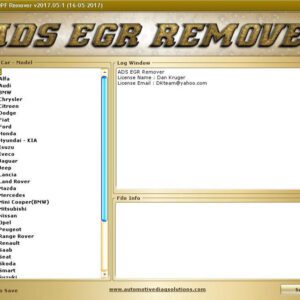
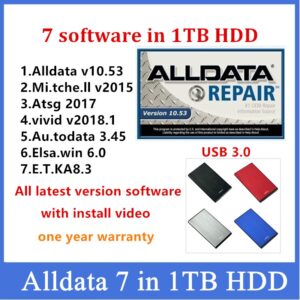



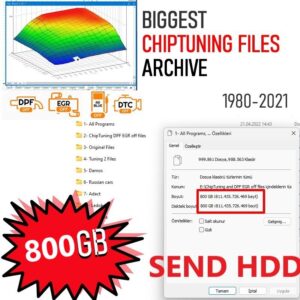

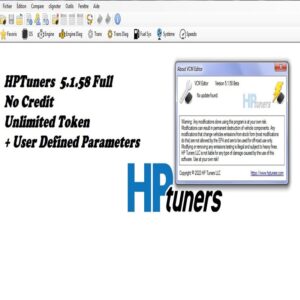
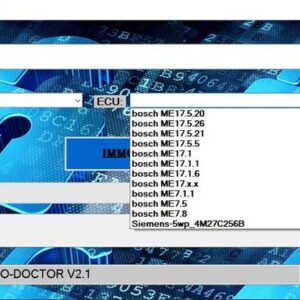
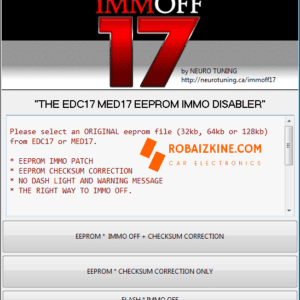
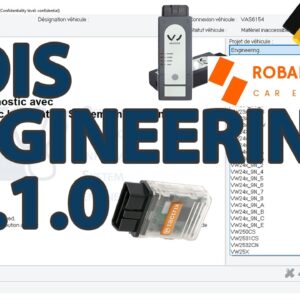
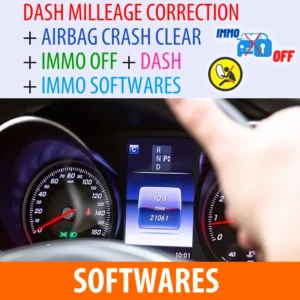


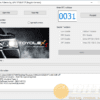
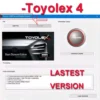

One Comment
Trackbacks and Pingbacks
[…] DPF and EGR OFF is a way of changing the ECU software to stop or skip the DPF function. This means that the regeneration does not happen anymore, and the PM does not get filtered by the part. Instead, it goes out into the air through the exhaust pipe. […]